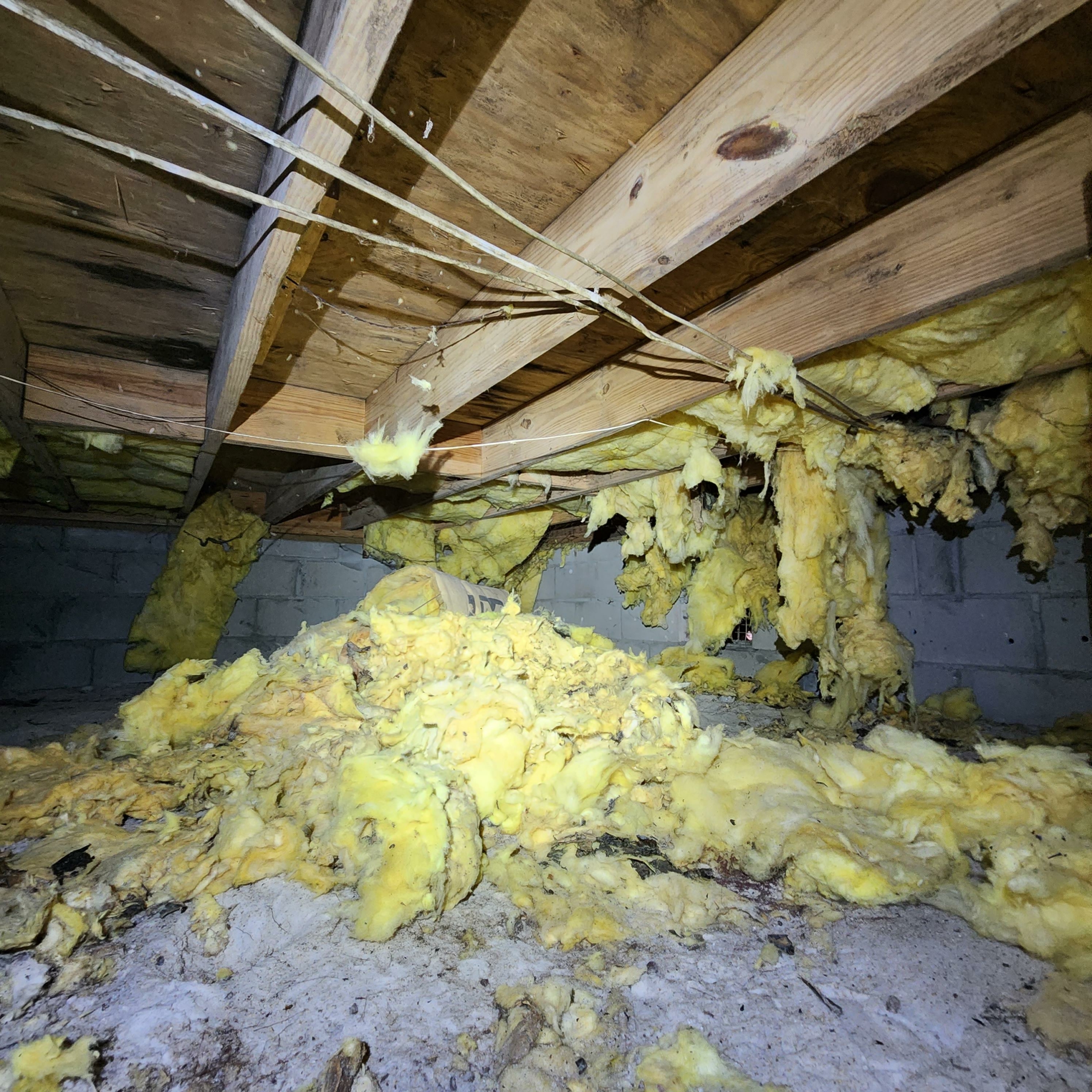The Ultimate Guide to Crawlspace Insulation: Benefits, Options, and Expert Recommendations
Introduction to Crawlspace Insulation
 Crawlspace insulation is a crucial aspect of maintaining a comfortable and energy-efficient home. Homeowners should understand the significance of adequately insulating our crawlspaces to reap the maximum benefits. This comprehensive insulation guide will walk you through the essentials of crawlspace insulation, including its advantages, insulation types, installation techniques, and expert recommendations.
Crawlspace insulation is a crucial aspect of maintaining a comfortable and energy-efficient home. Homeowners should understand the significance of adequately insulating our crawlspaces to reap the maximum benefits. This comprehensive insulation guide will walk you through the essentials of crawlspace insulation, including its advantages, insulation types, installation techniques, and expert recommendations.
Benefits of Insulating Your Crawlspace
Energy Efficiency: Insulating your crawlspace reduces heat transfer between the floor and the ground, lowering energy consumption and utility bills.
Temperature Regulation: Crawlspace insulation helps maintain consistent indoor temperatures, creating a more comfortable living environment.
Moisture Control: Proper insulation and vapor barriers minimizes moisture infiltration and reduces the risk of mold and mildew growth.
Pest Prevention: Insulated crawlspaces provide less access to pests and rodents, helping protect your home from unwanted intruders.
Improved Indoor Air Quality: Insulating your crawlspace can reduce the infiltration of allergens, pollutants, and other contaminants, enhancing indoor air quality.
Types of Crawlspace Insulation
Fiberglass Insulation
Fiberglass insulation is a popular choice for insulating crawlspaces due to its affordability and ease of installation. It is available in rolls or batts and is designed to fit between floor joists.
Spray Foam Insulation
Spray foam insulation is a high-performance insulation material that expands upon application, filling gaps and sealing cracks. It is an excellent option for insulating irregularly shaped crawlspaces and provides excellent moisture resistance.
Rigid Foam Insulation
Rigid foam insulation is made from expanded polystyrene (EPS), extruded polystyrene (XPS), or polyisocyanurate materials. These durable panels offer excellent thermal performance and moisture resistance, making them suitable for crawlspace insulation.
Installation Techniques
 Floor Insulation
Floor Insulation
Floor insulation involves placing insulation material between the floor joists directly above the crawlspace. This method suits homes in cold climates and those with vented crawlspaces.
Wall Insulation
In wall insulation, the insulation material is applied to the interior crawlspace walls, creating a continuous thermal barrier. This technique is appropriate for unvented crawlspaces and homes in mixed or warmer climates.
Encapsulation
Crawlspace encapsulation involves sealing the crawlspace completely, including installing a vapor barrier, insulating the walls, and conditioning the space. This comprehensive approach is ideal for addressing moisture-related issues and enhancing energy efficiency.
When to Insulate and When Not To
When to Insulate
New Construction: Insulating during construction ensures optimal energy efficiency and prevents future problems.
Renovations: Upgrading your crawlspace insulation during home renovations can significantly improve your home’s comfort and energy performance.
High Energy Bills: If you’re experiencing unusually high energy bills, it may be time to inspect and upgrade your crawlspace insulation.
Moisture Problems: Insulating your crawlspace can help control moisture issues, reducing the risk of mold, mildew, and wood rot.
Cold Floors: Properly insulating your crawlspace can eliminate cold spots on the floor above, improving overall comfort.
When Not to Insulate
Insufficient Ventilation: If your crawlspace needs more ventilation, insulating without addressing this issue may exacerbate moisture problems.
Existing Pest Infestations: Insulating a crawlspace with an active pest infestation can trap these pests inside, leading to further damage. Eliminate infestations before proceeding with insulation.
Structural Issues: Address structural concerns or foundation problems before investing in crawlspace insulation.
 Common Problems and Solutions
Common Problems and Solutions
Problem: Damp Insulation
Solution: Identify and address the source of moisture, such as leaks or poor ventilation. Replace any damaged insulation and consider using a moisture-resistant material like rigid foam or spray foam insulation.
Problem: Sagging or Falling Insulation
Solution: Inspect the installation for proper support mechanisms, such as wire hangers or strapping. Reinstall the insulation with appropriate fasteners and supports to ensure long-term stability if necessary.
Problem: Inadequate R-Value
Solution: Determine the recommended R-value for your climate and insulation type. If your current insulation does not meet these requirements, consider upgrading to a more effective insulation material or adding an additional insulation layer.
Conclusion: Making the Right Choice for Your Home
Proper crawlspace insulation is essential for energy efficiency, comfort, and overall home health. By understanding the benefits, insulation types, and installation techniques, you can make an informed decision that best suits your home’s unique needs. Always consult a professional to address any concerns or questions, and consider upgrading your crawlspace insulation as part of a comprehensive approach to improving your home’s performance.
If you require a professional home inspection company, look no further than People’s Choice Home Inspections. We are a reputable home inspection business serving Charleston, South Carolina, and the neighborhood. Since the beginning of our operation, we have offered home inspection services all across South Carolina, including in Charleston, Folly Beach, James Island, Summerville, Hanahan, North Charleston, Kiawah, Mount Pleasant, Isle of Palms, Daniel Islands, John’s Island, West Ashley, Goose Creek, and more. We provide you with the assurance that comes with a comprehensive home inspection.
Contact People’s Choice Home Inspections if you want to sell your house or are considering buying a new one. To speak with our home inspector regarding the inspection procedure, call us at 843-300-2733 today.





